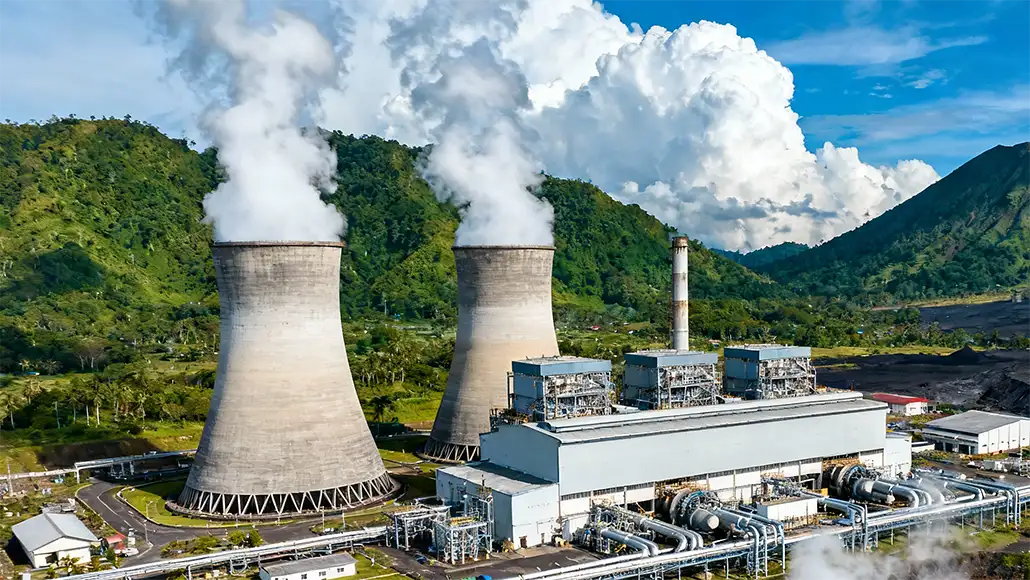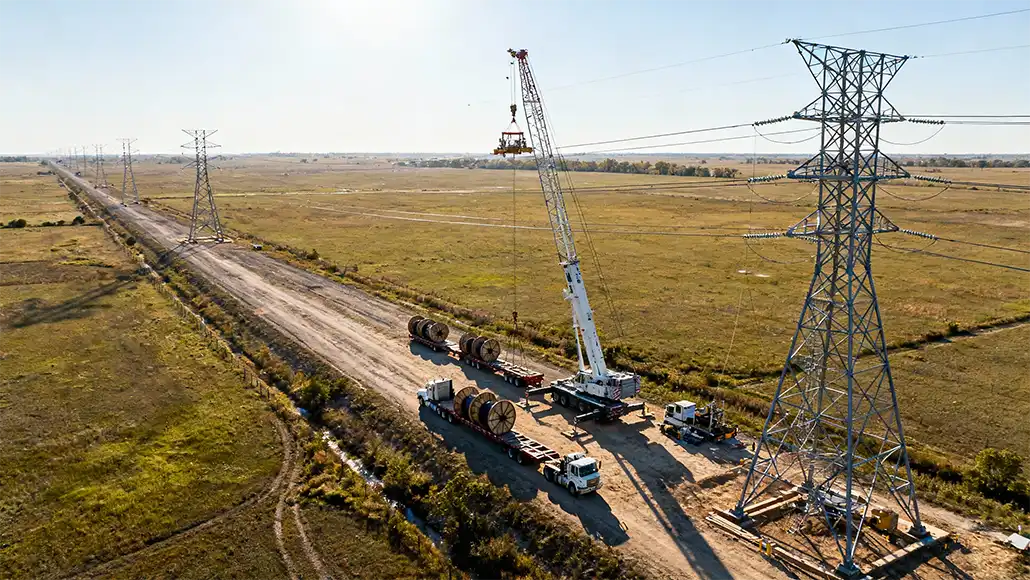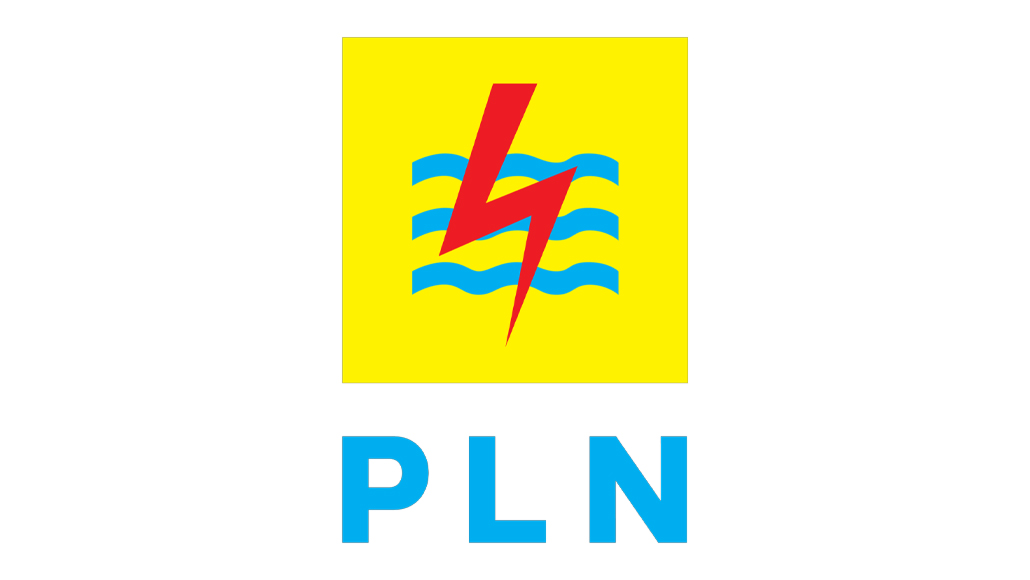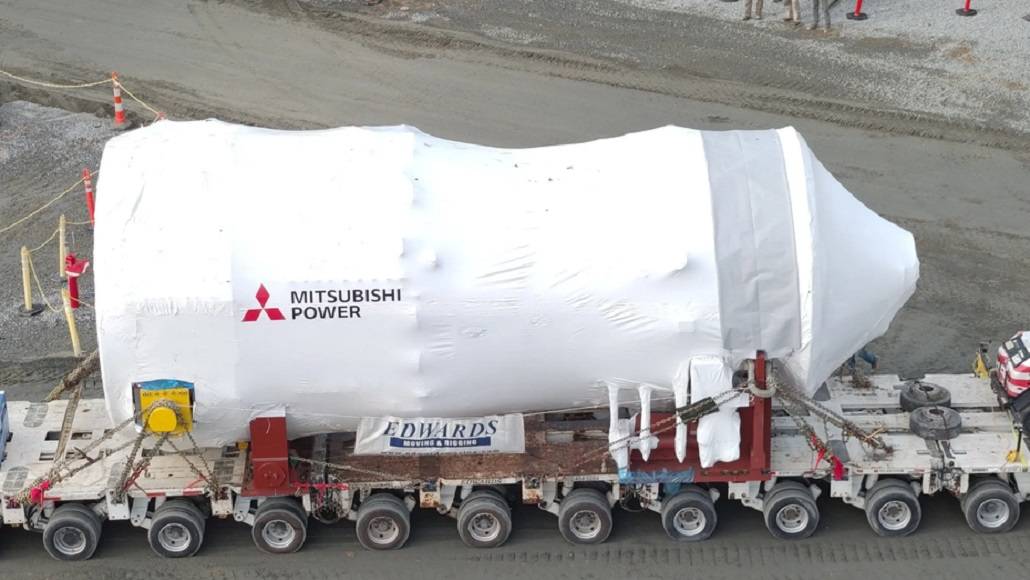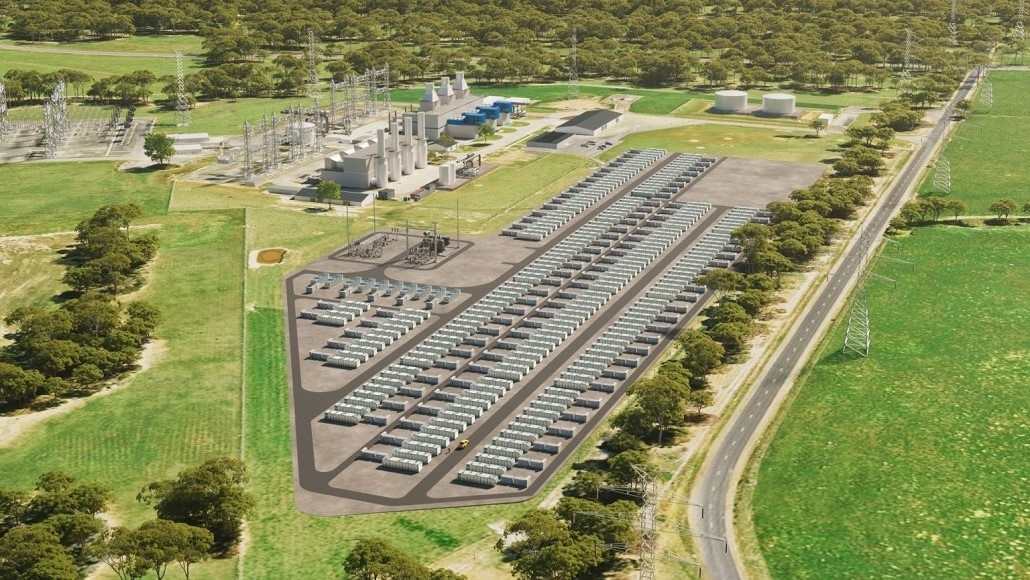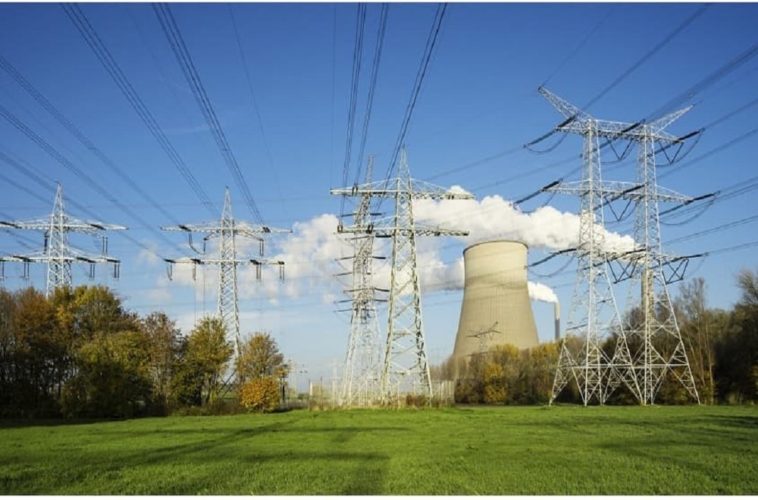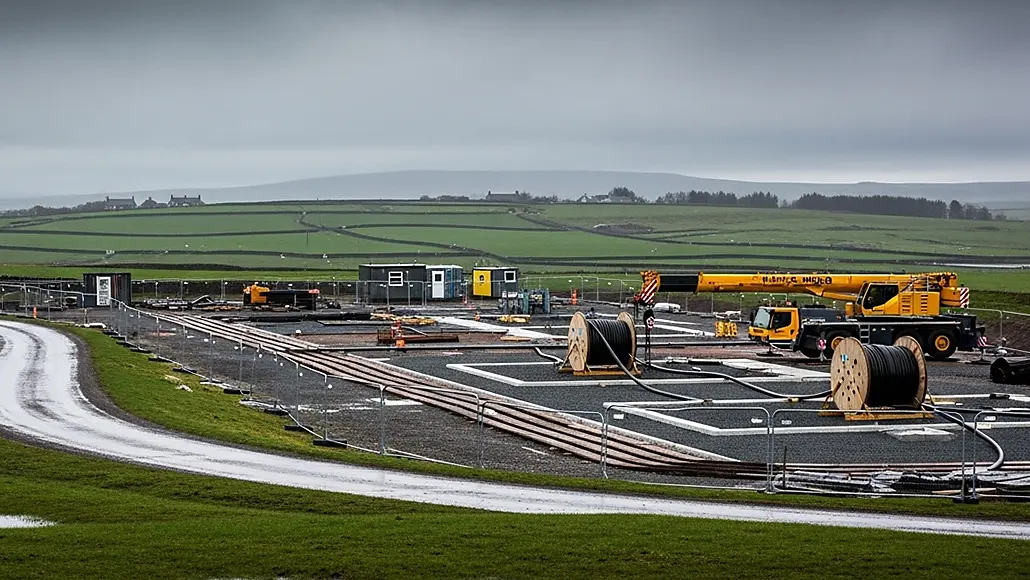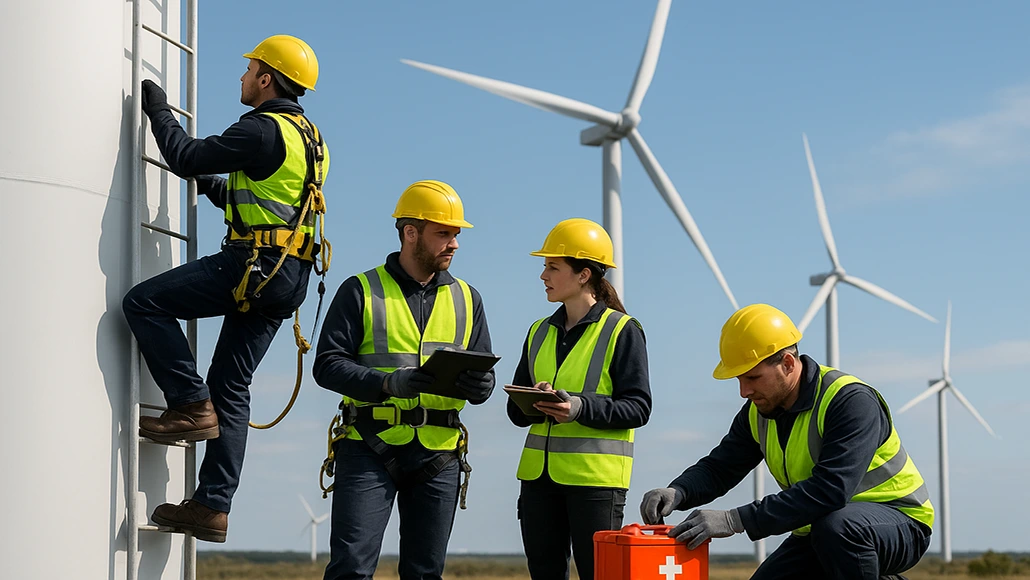As renewable energy grows, safety and efficiency remain top priorities. Wind projects involve risks such as working at height, handling heavy equipment, and operating in remote environments. To prepare workers for these challenges, the Global Wind Organisation created GWO certification, a framework that sets clear standards for training technicians. For employers, it has become a benchmark when building reliable teams in the fast-moving energy sector.
The demand for qualified technicians is expanding as more countries invest in wind farms. Employers are under pressure to recruit workers who can step onto a site and perform safely without lengthy additional training. GWO certification makes this possible by ensuring that every certified technician has demonstrated competence in the most critical safety areas. It is not just a certificate for compliance; it is proof that workers are ready for the real conditions of the job.
Modules in GWO certification
Unlike general safety briefings, GWO certification is broken into modules that directly match the hazards faced by wind energy workers. Each module is short, practical, and focused on essential skills. Together they form a foundation that every technician needs before climbing a turbine tower.
Modules covered in GWO certification
- Working at height: Training in fall prevention, rescue techniques, and safe use of harnesses.
- Manual handling: Guidance on lifting, carrying, and moving components without injury.
- Fire awareness: Prevention and rapid response strategies for confined turbine environments.
- First aid: Practical care for common workplace injuries, adapted for remote conditions.
- Sea survival: For offshore roles, preparation for transfers, cold water exposure, and emergencies.
These modules are updated regularly so that workers trained years ago can refresh their skills and stay current with industry expectations.
Why employers prioritize certified workers
Employers who recruit technicians with GWO certification gain a workforce that can perform safely from day one. Crews know the same rescue procedures, use protective equipment correctly, and follow the same terminology during toolbox talks. This consistency reduces miscommunication, speeds up onboarding, and lowers the risk of accidents.
There is also a clear financial benefit. Fewer incidents mean lower insurance costs, less downtime, and stronger relationships with clients who expect strict safety compliance. Companies that invest in certification position themselves as responsible operators, which improves their competitiveness in the growing renewable energy market.
Role of providers in delivering training
Not all training centers are equal. Providers need to offer realistic facilities, experienced instructors, and courses that mirror actual work conditions. FMTC Safety is an example of a trusted organization that delivers GWO certification aligned with global standards. By working with reliable providers, employers ensure their staff leave training with skills they can apply immediately, not just theory.
Building long term resilience in the power sector
The shift toward renewable energy is more than a technical transformation; it is a workforce challenge. Skilled, safety-conscious technicians are essential for scaling projects quickly and sustainably. GWO certification is a tool that helps build this workforce, giving employees confidence and giving employers proof of competence.
Conclusion
In the power generation industry, safety and efficiency go hand in hand. GWO certification equips workers with practical skills, reassures employers that teams are ready, and strengthens the reputation of companies competing in renewable projects. By choosing experienced providers and committing to continuous training, the sector ensures that growth is not only fast but also sustainable and safe.






